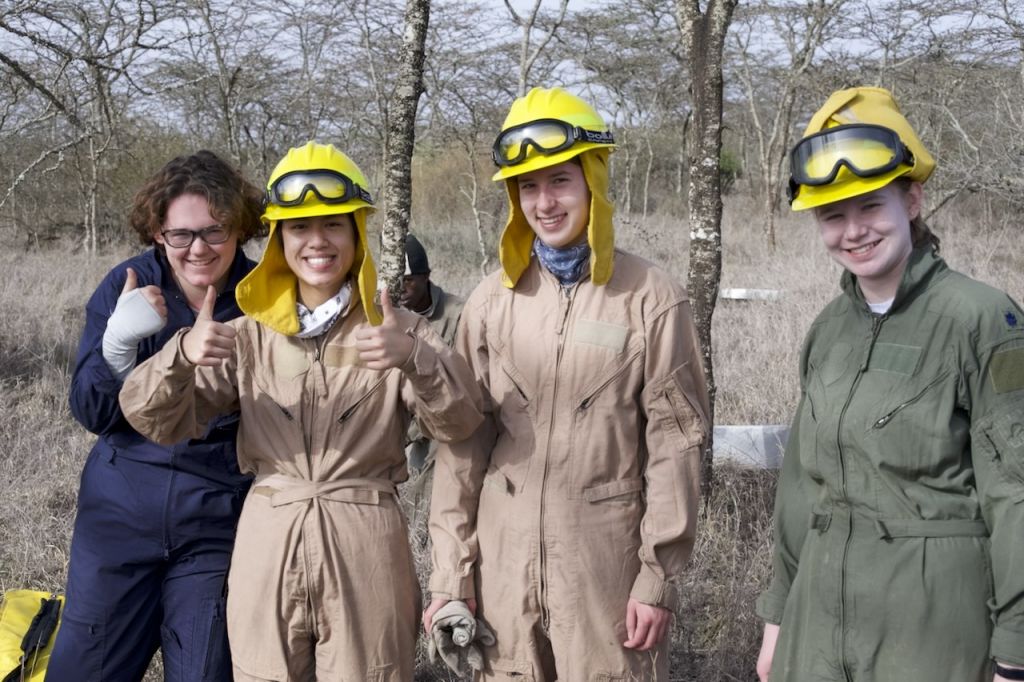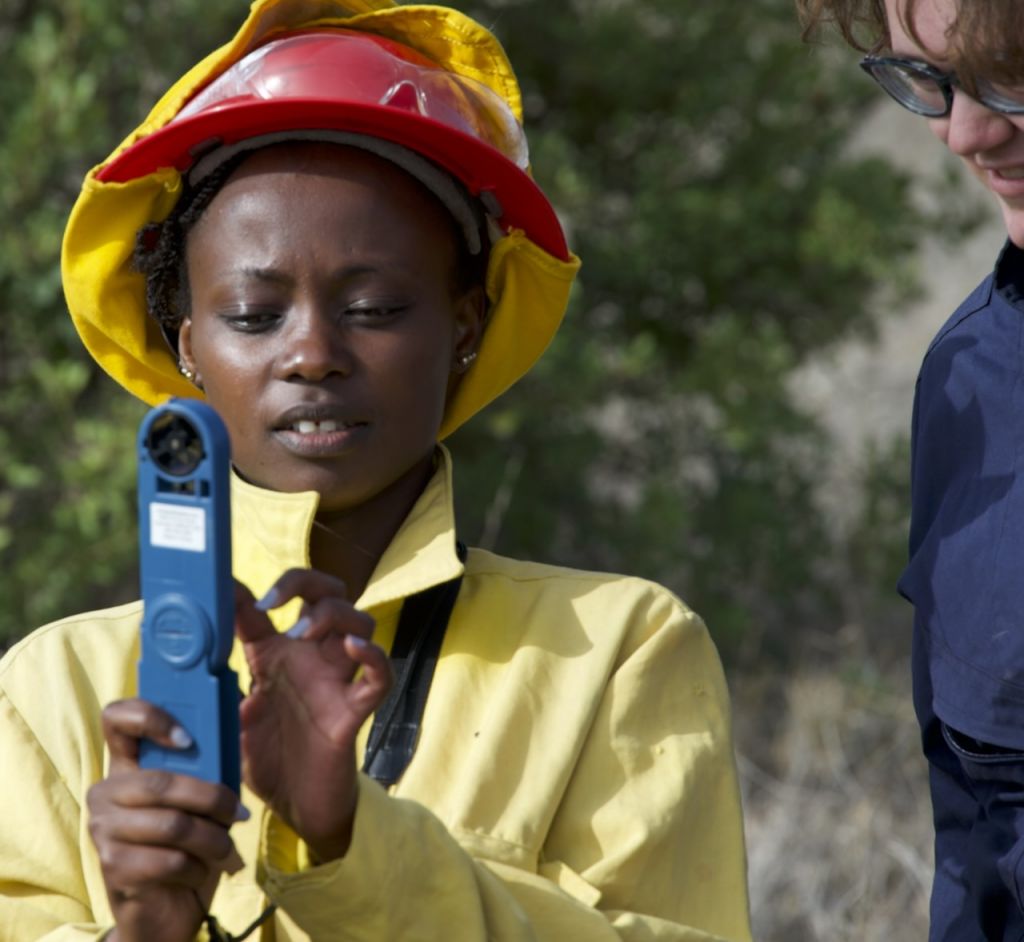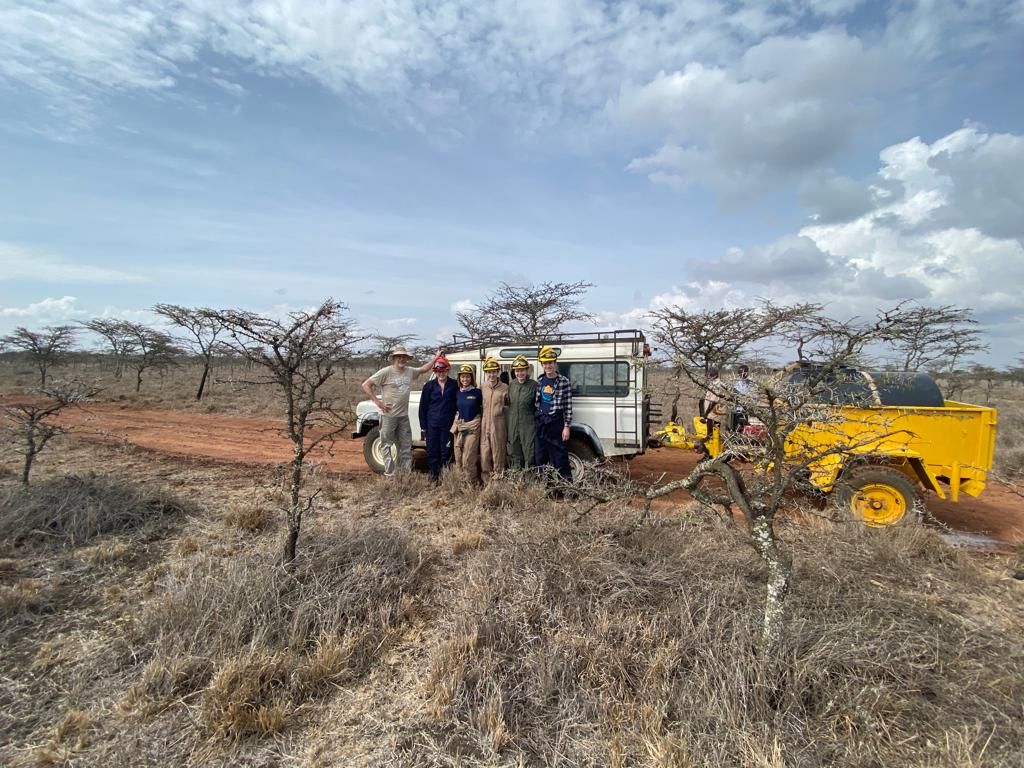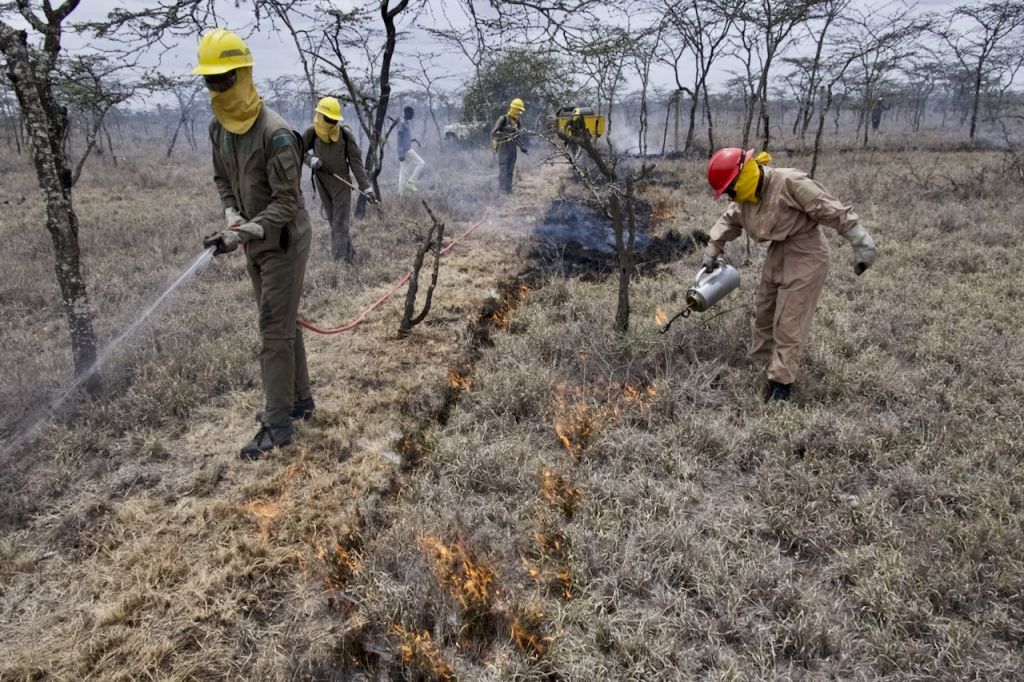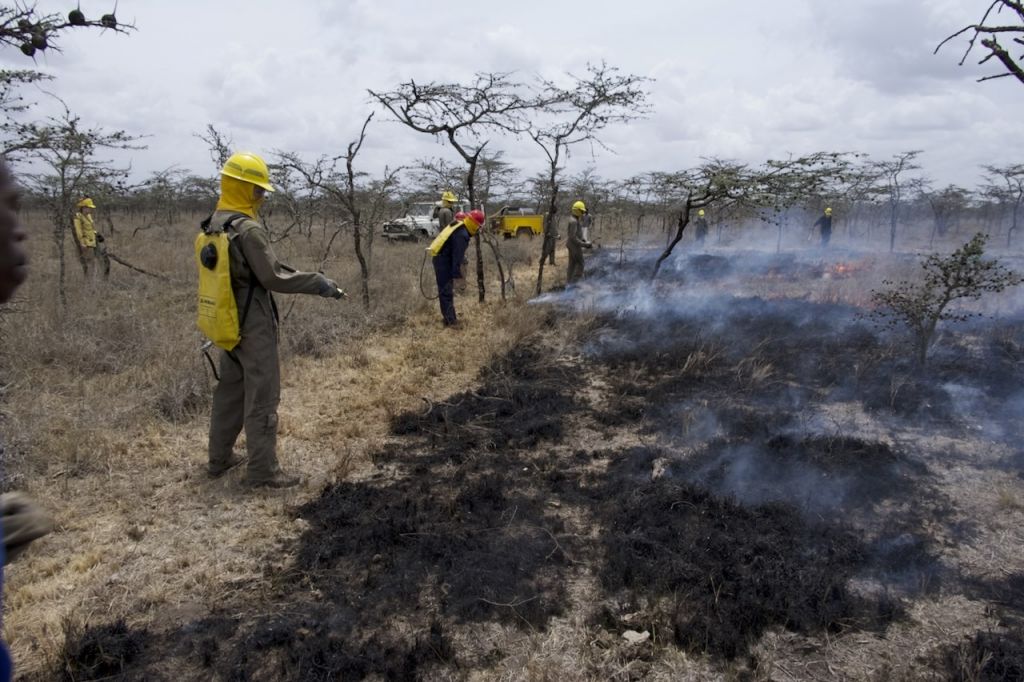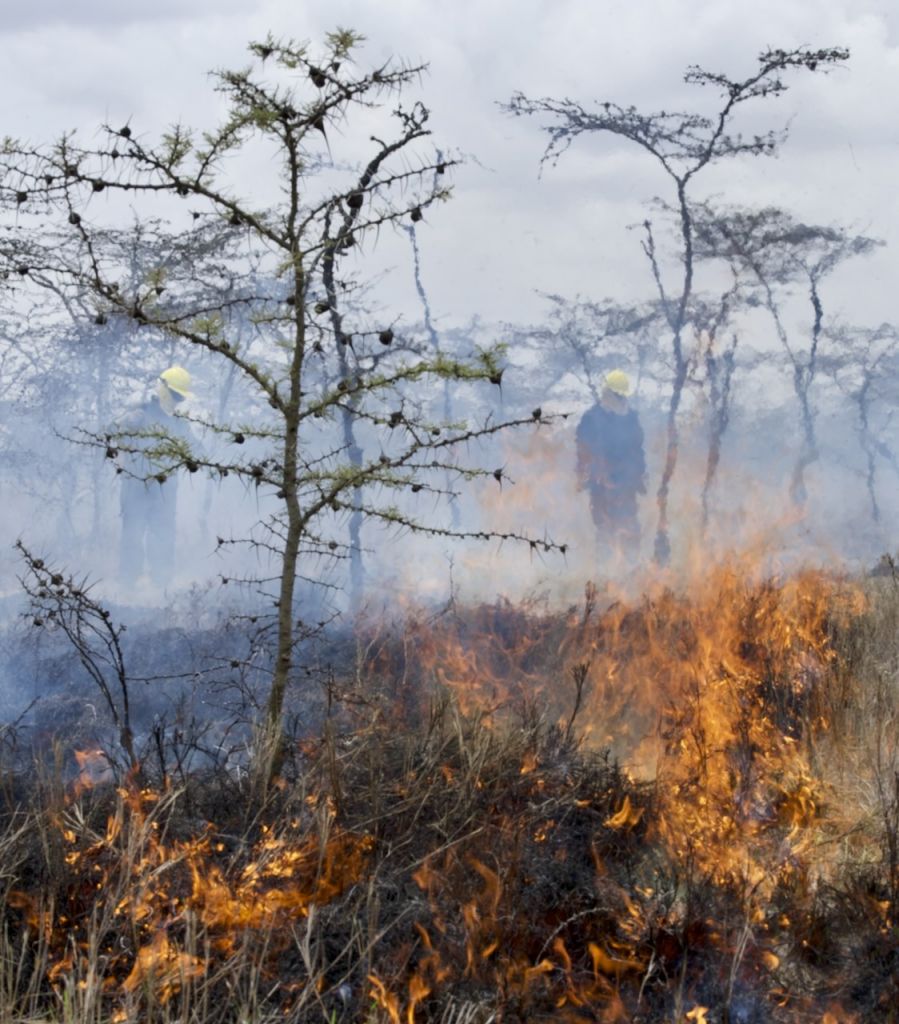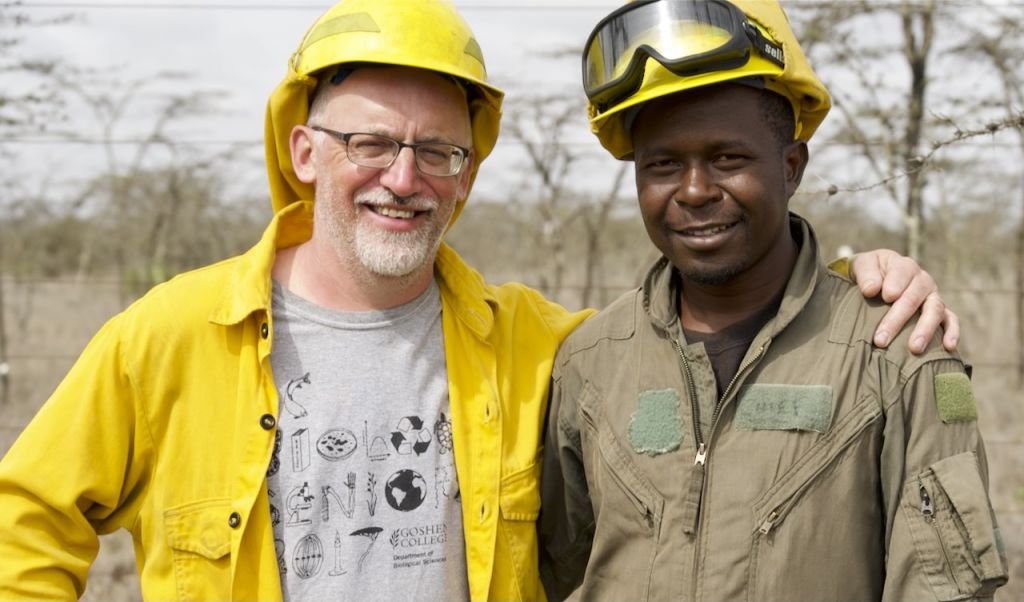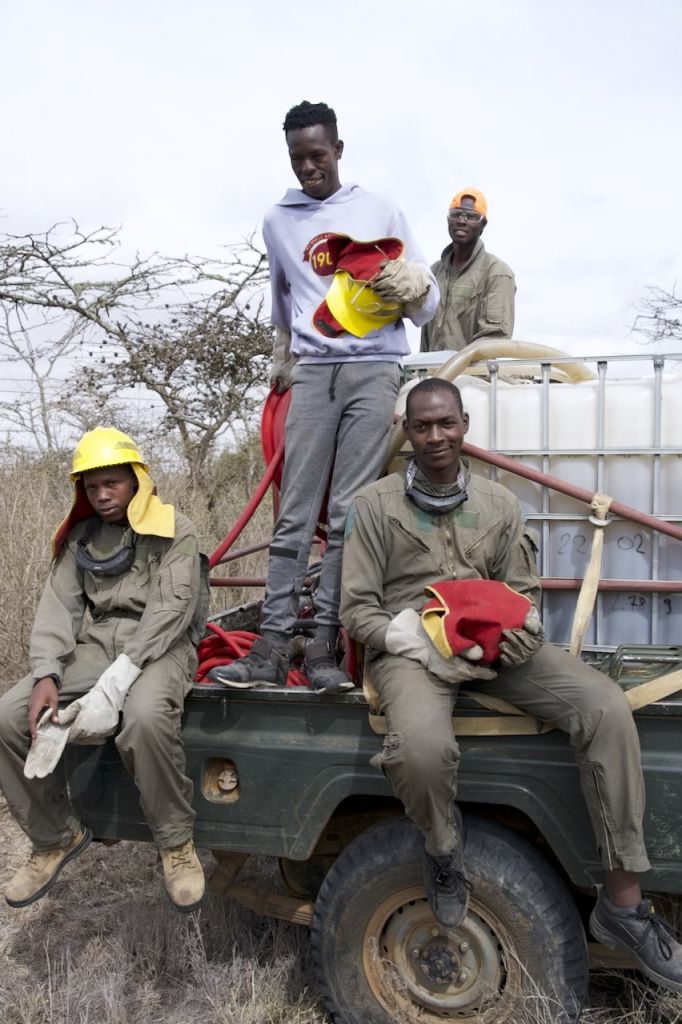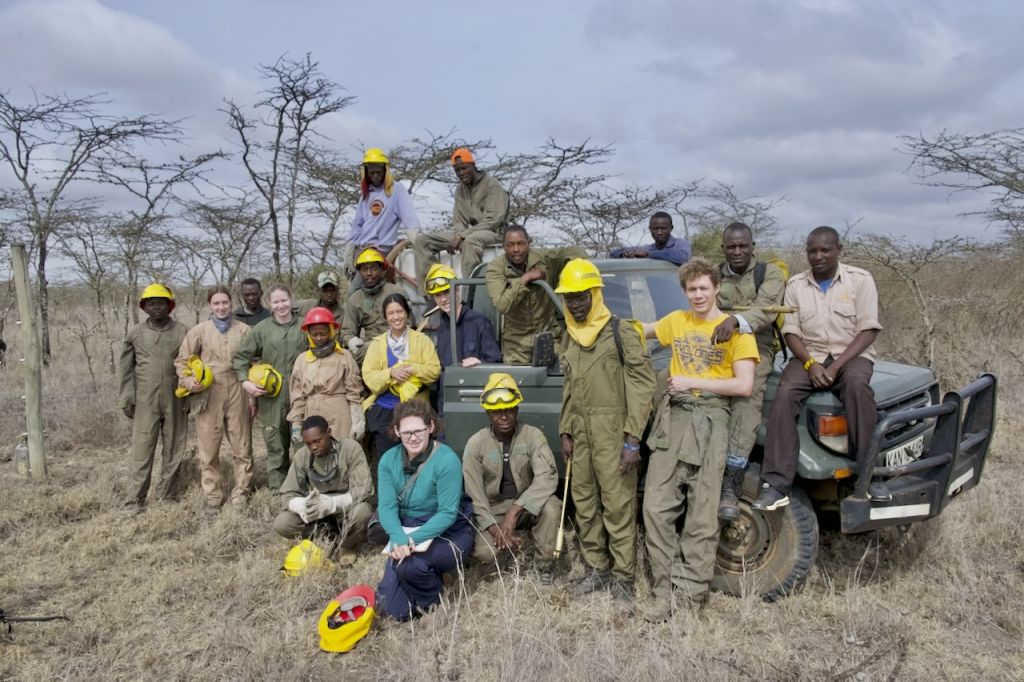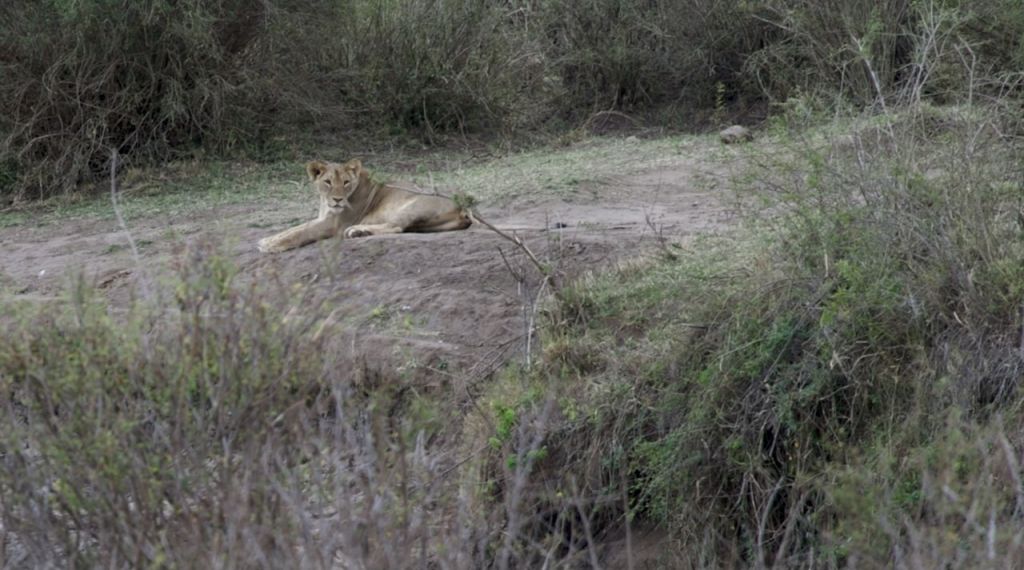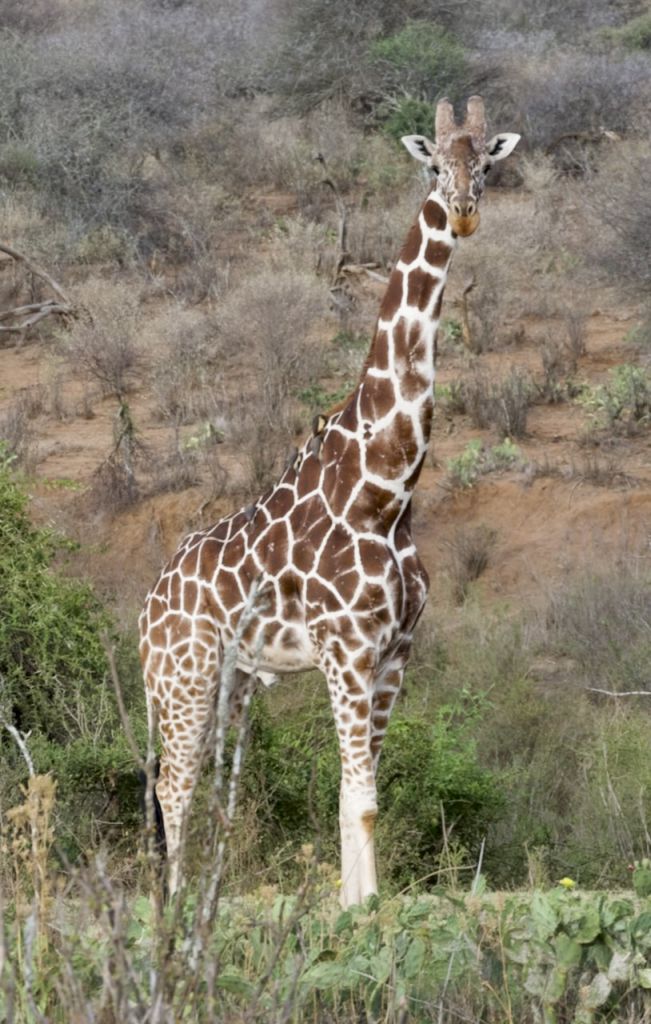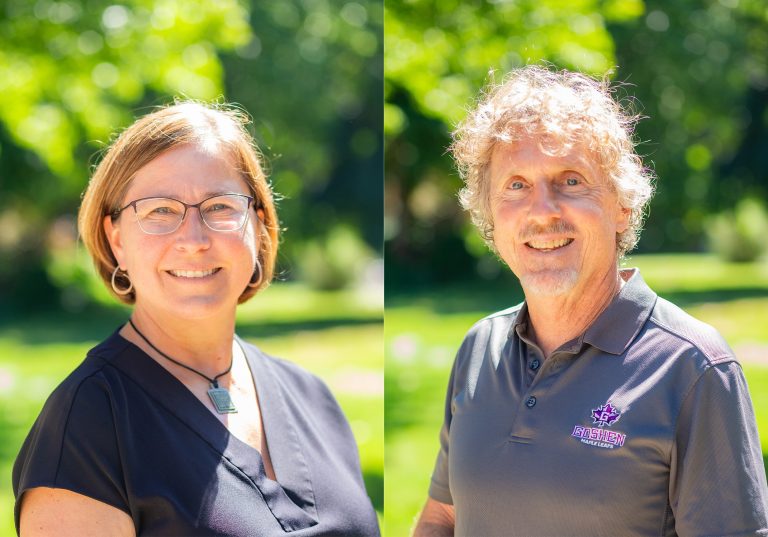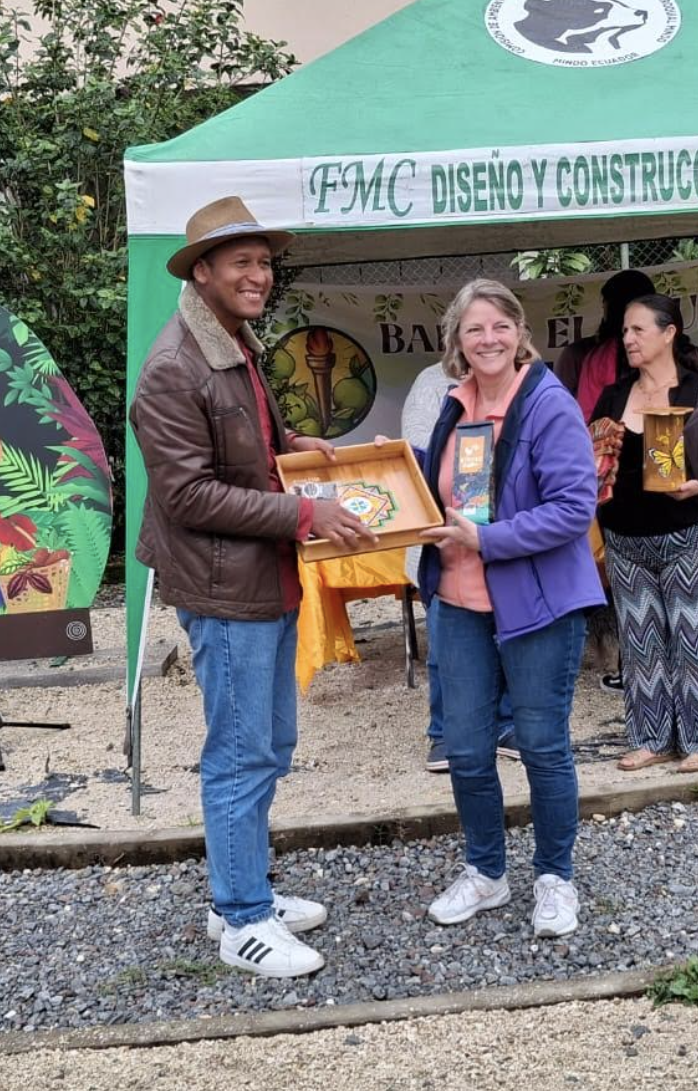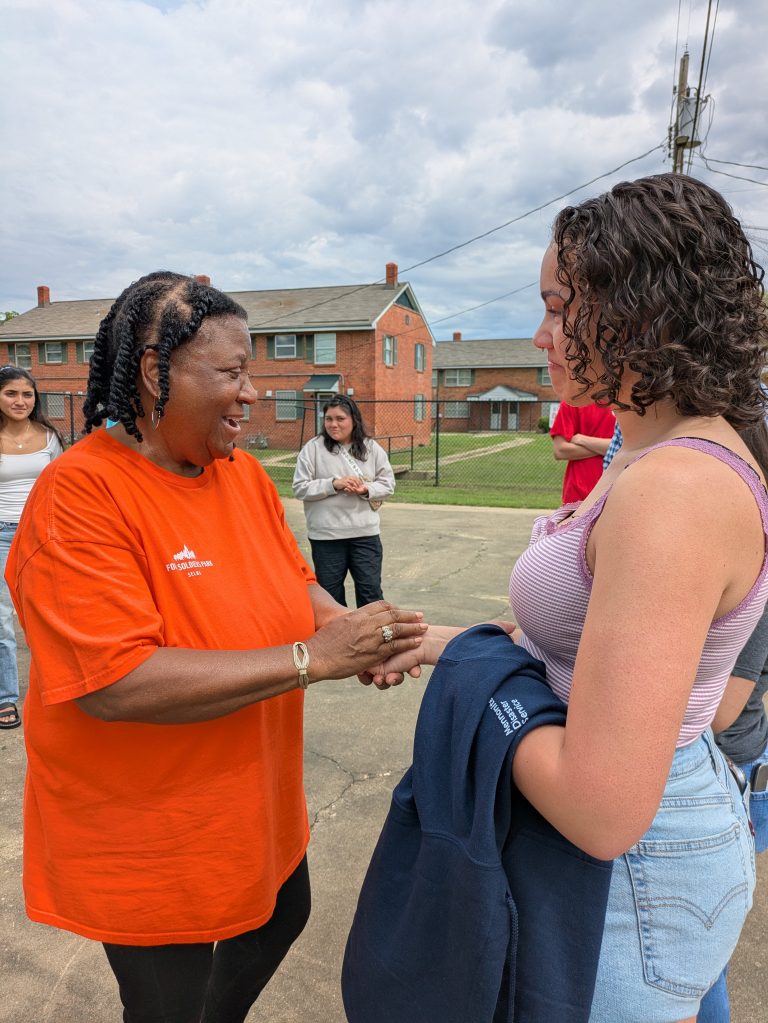Goshen College’s “SST for all” makes global education more accessible with flexible study options at home and abroad.

News
Kenya Burning Research 2022
Feb 24 2022
This blog reports on the 2022 research trip to Kenya where I am collaborating with colleagues from vario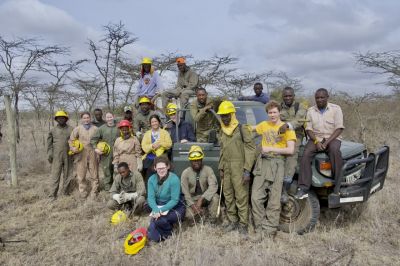 us universities (UC Davis, Karatina University, and Utah State University) to implement prescribed burns inside the Kenya Longterm Exclosure Experiment (KLEE). With me are 5 undergraduates from Goshen College who are assisting with the burning and they will be reporting on the 2 weeks of activity by writing the future blog entries.
us universities (UC Davis, Karatina University, and Utah State University) to implement prescribed burns inside the Kenya Longterm Exclosure Experiment (KLEE). With me are 5 undergraduates from Goshen College who are assisting with the burning and they will be reporting on the 2 weeks of activity by writing the future blog entries.
The goals of the experiment are to follow-up on burns we did in the KLEE plots in 2013 and 2018, with added burn treatments done annually and every 3rd year. We are measuring the effects of browsers and grazers on plant responses to burning, in addition to a new research element: soil organic carbon. This component of the research parallels our Tallgrass Prairie Grazing Project in Indiana where we are examining the effect of fire and grazing (separately and together) on carbon sequestration. Adding another study site in Kenya with the KLEE plots can help us better understand mechanisms that may drive SOC accumulation.
While our trip includes lots of burning, we also have time in the evenings to do some game drives and explore the incredible biodiversity of this region of Kenya. We hope you enjoy our blog.
– Ryan Sensenig, Department of Biological Sciences
